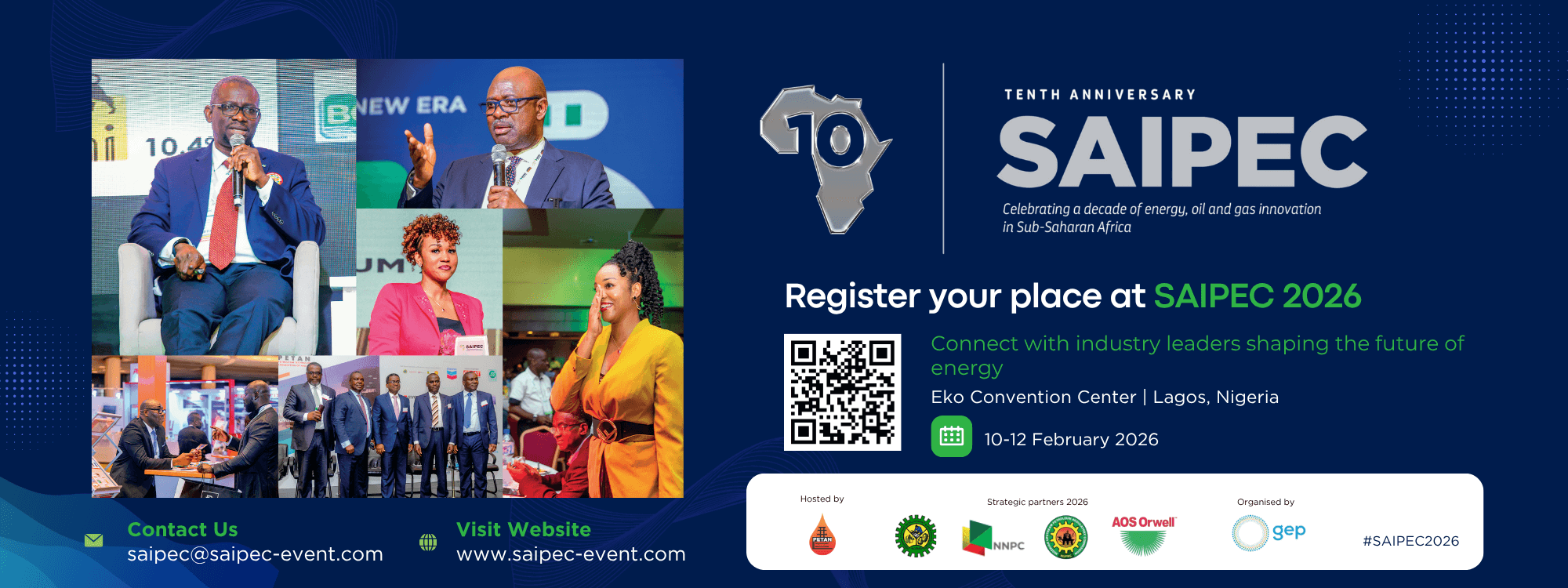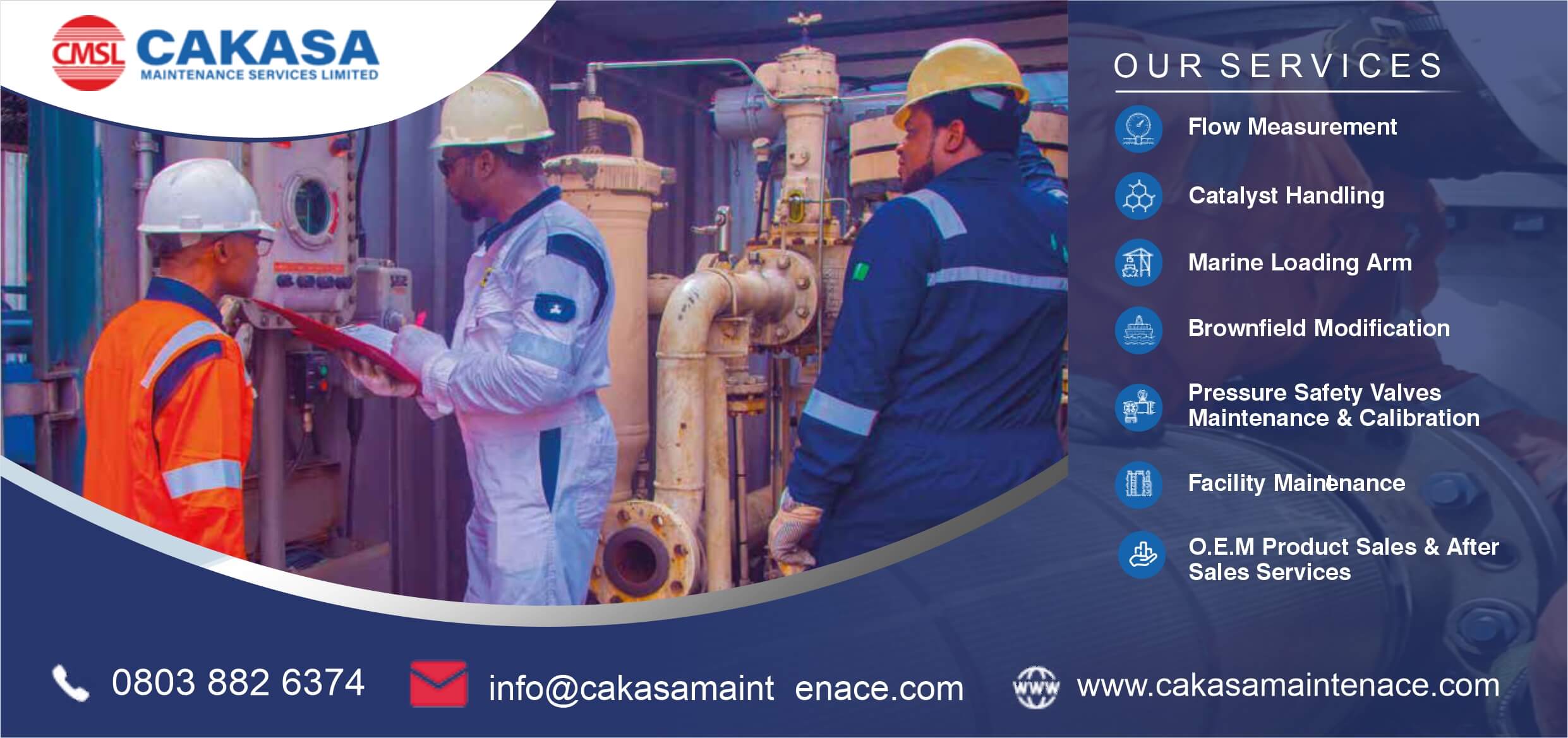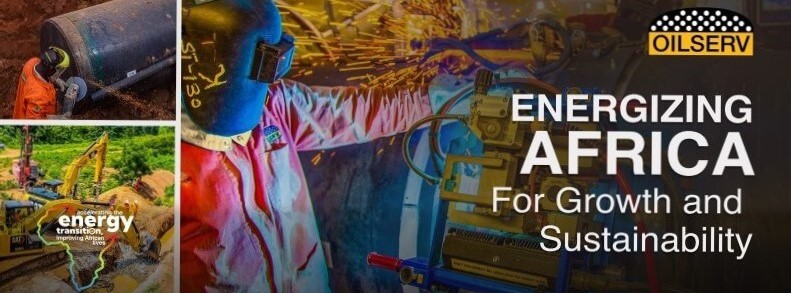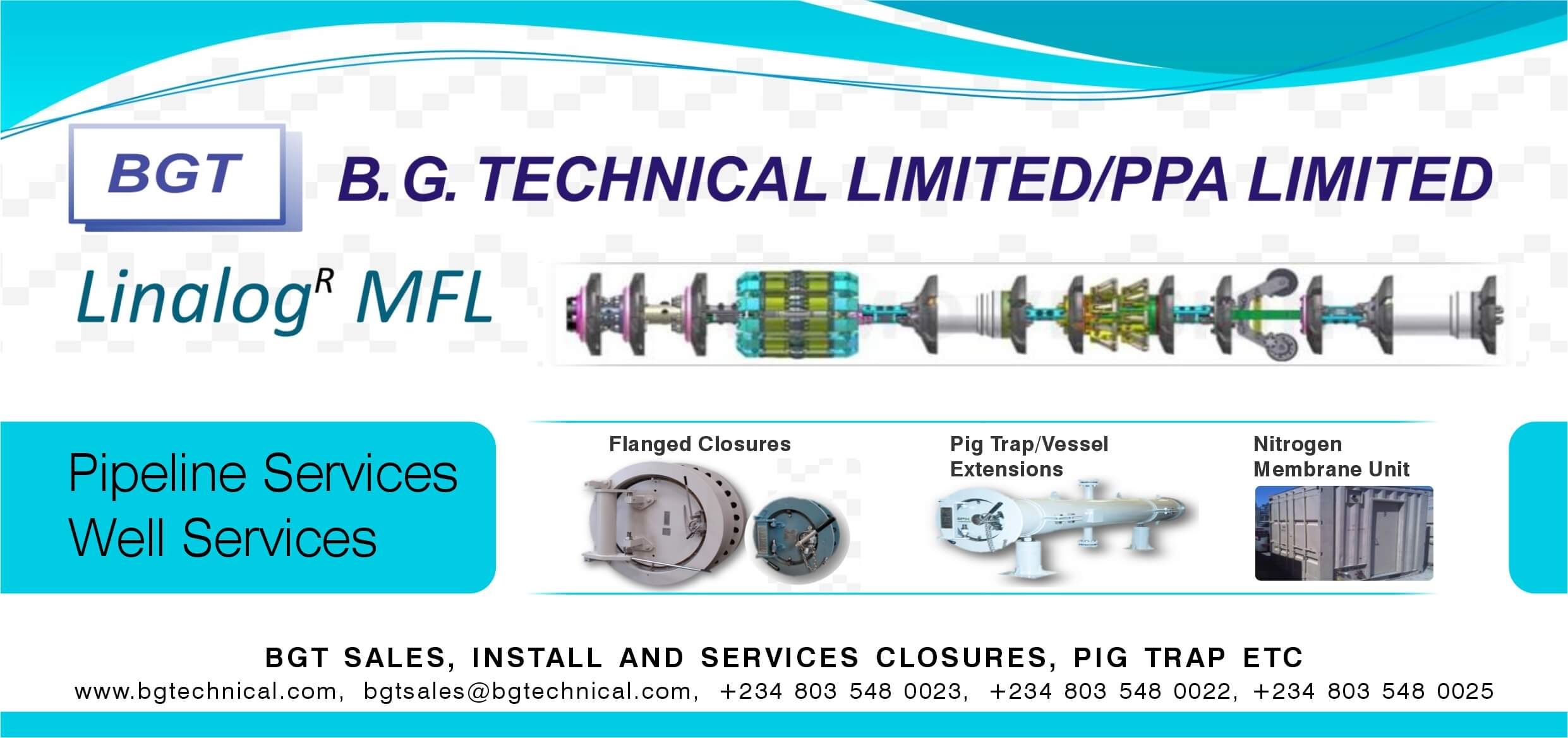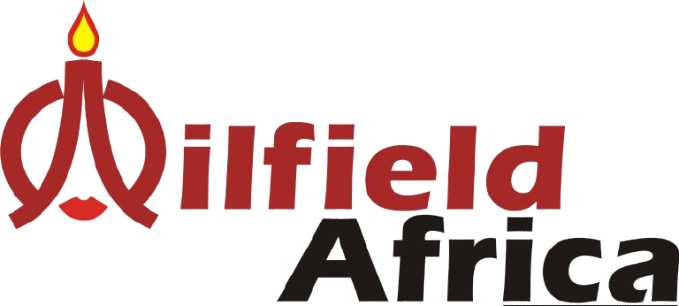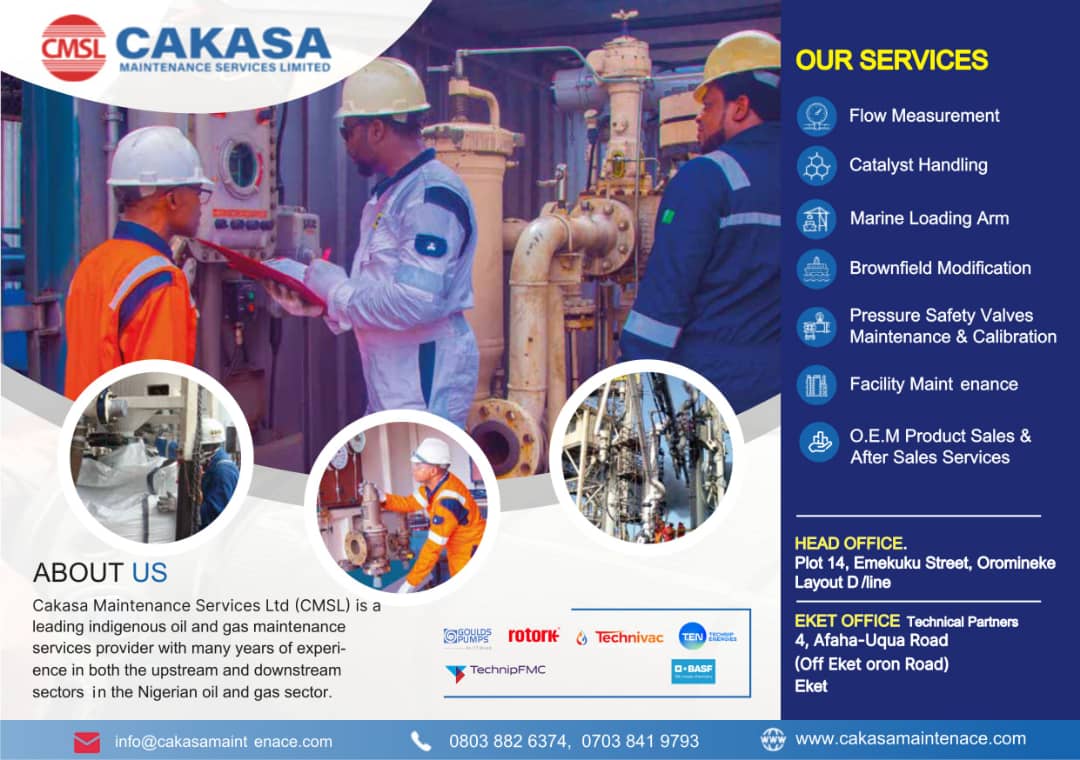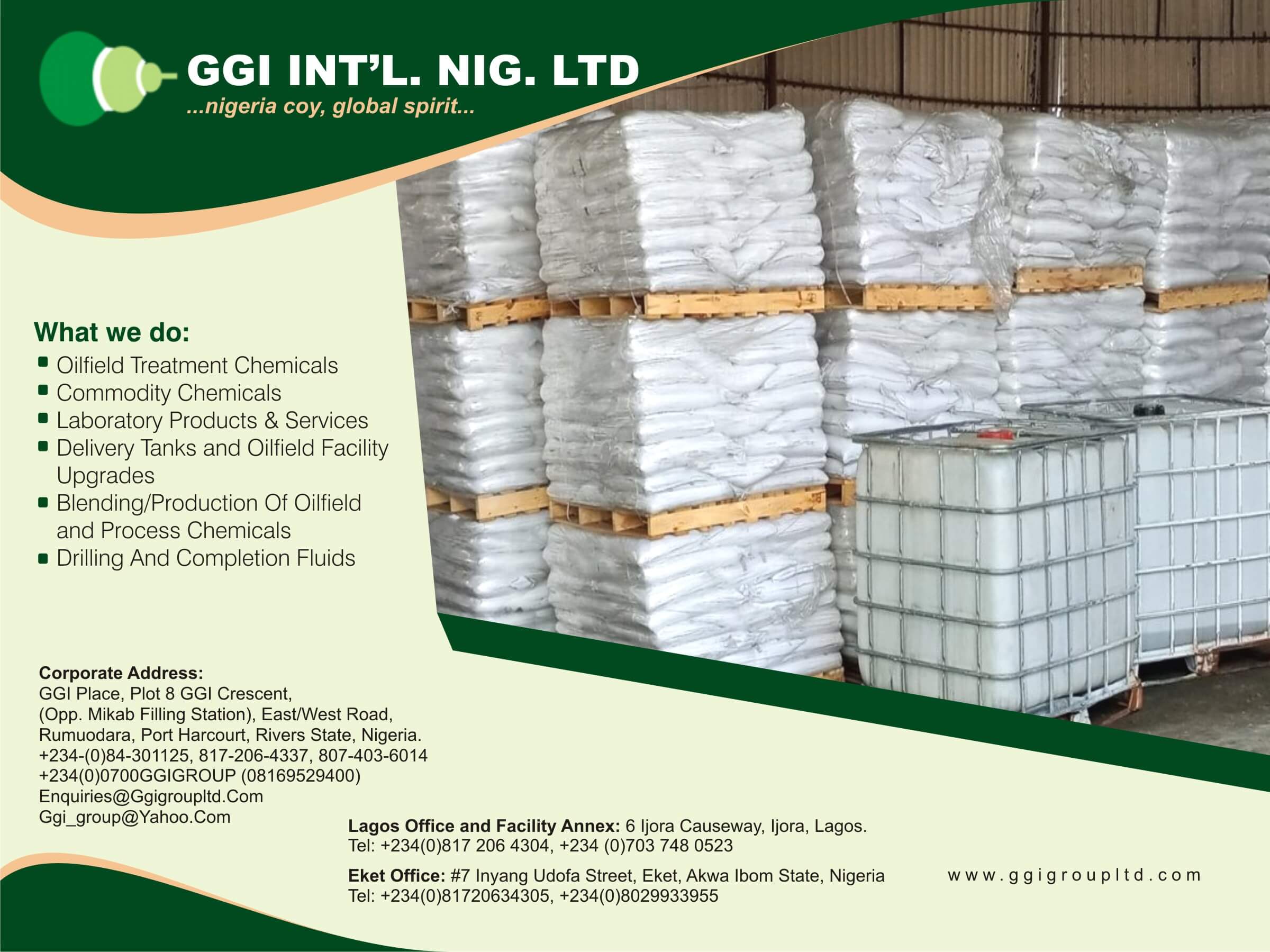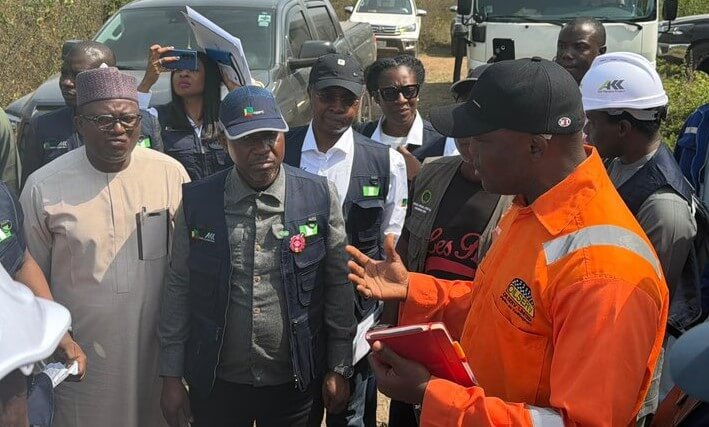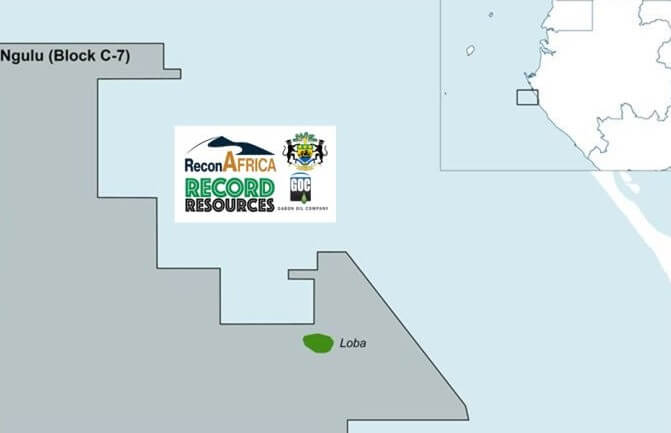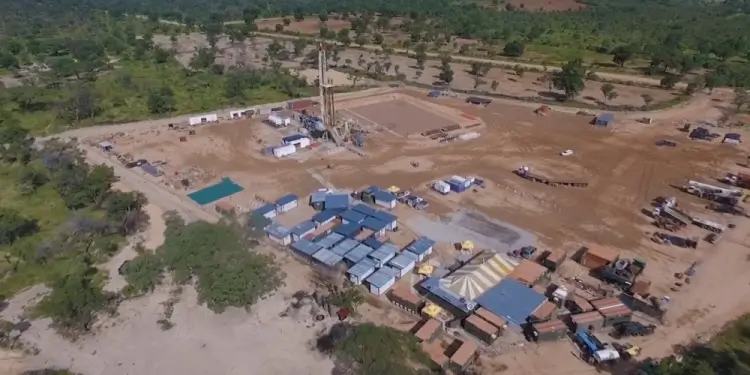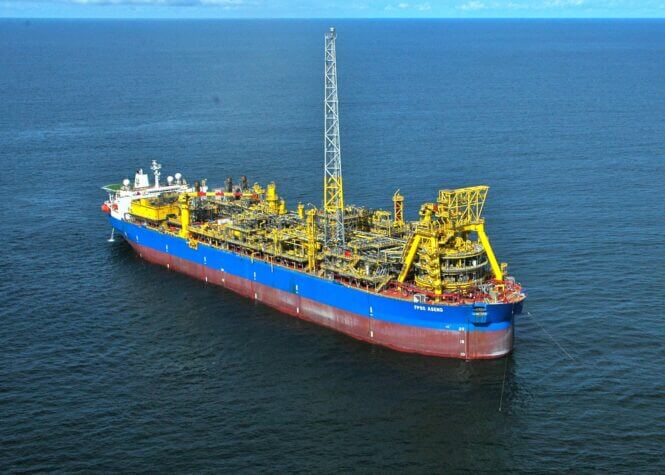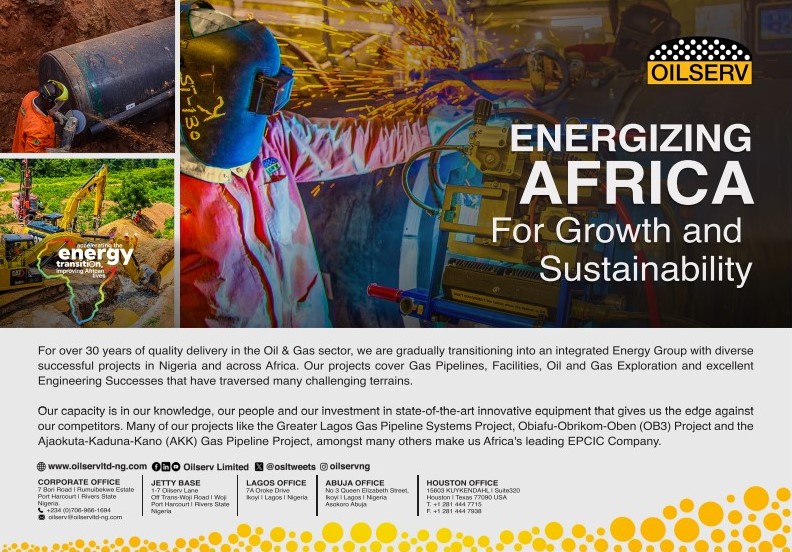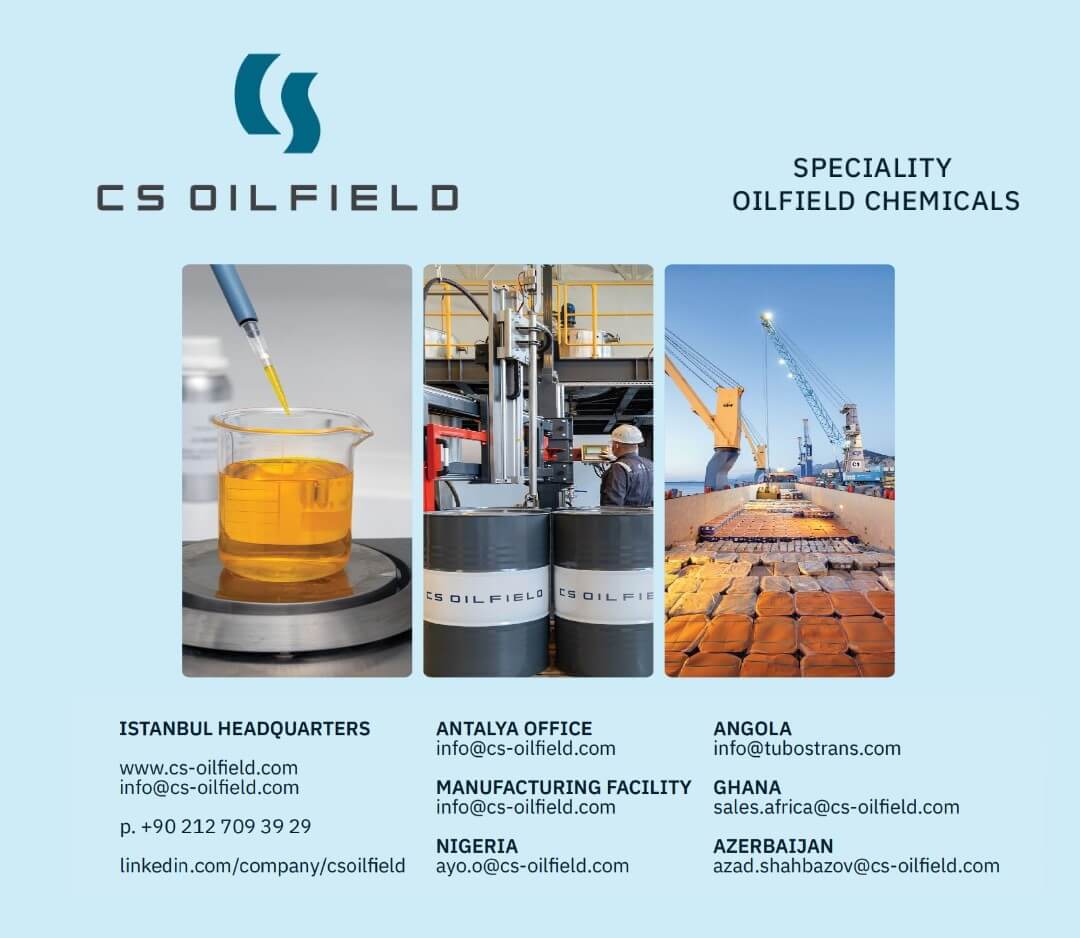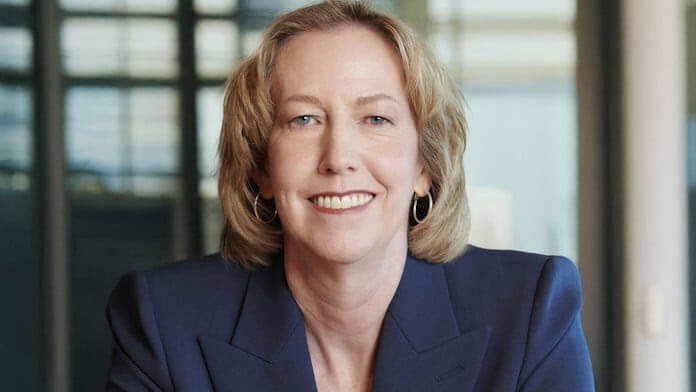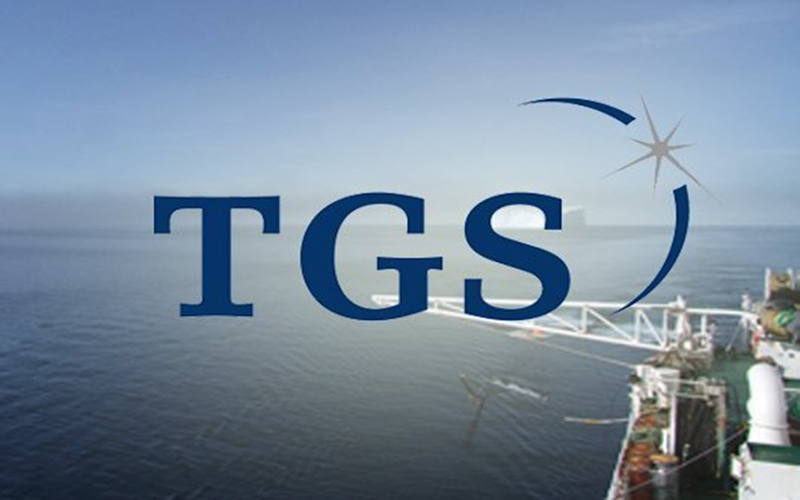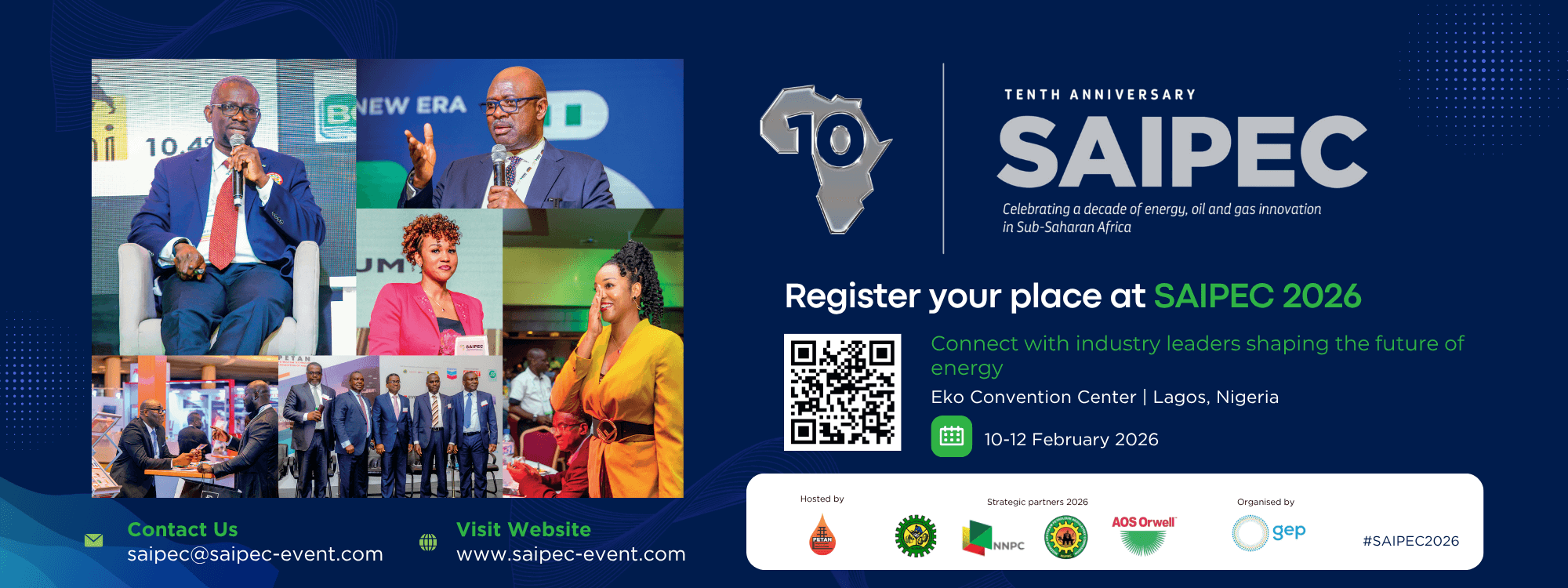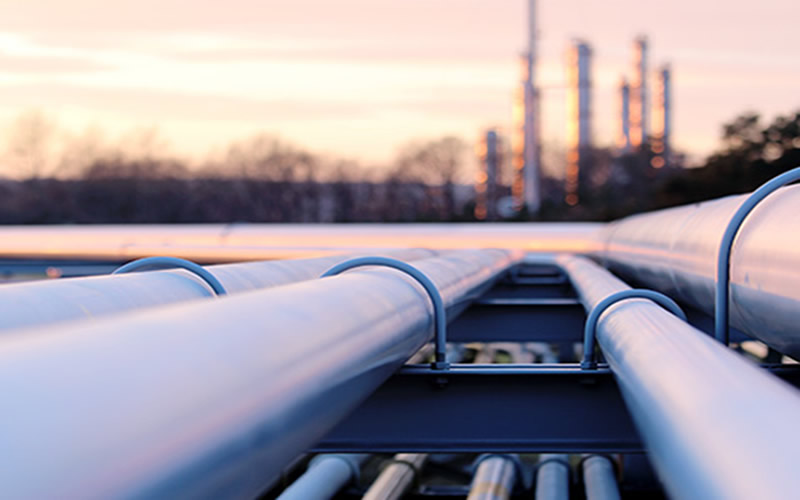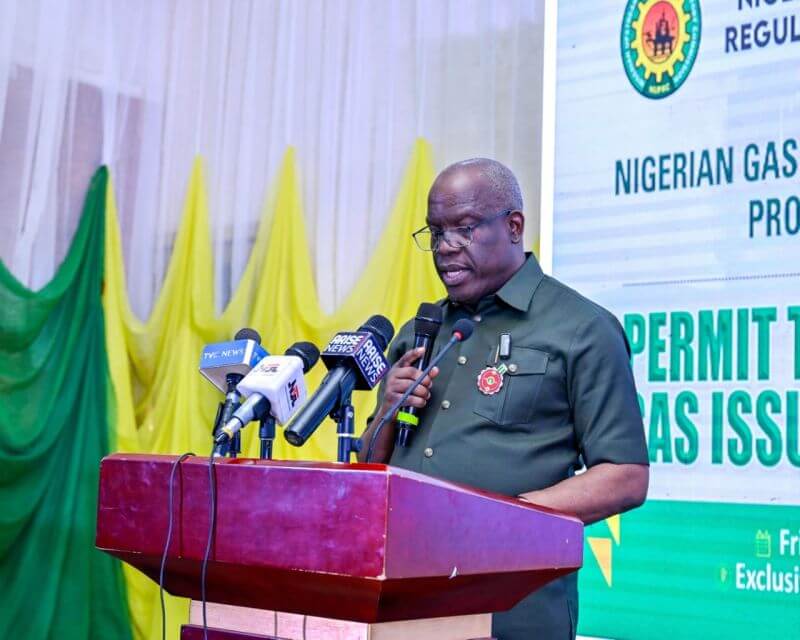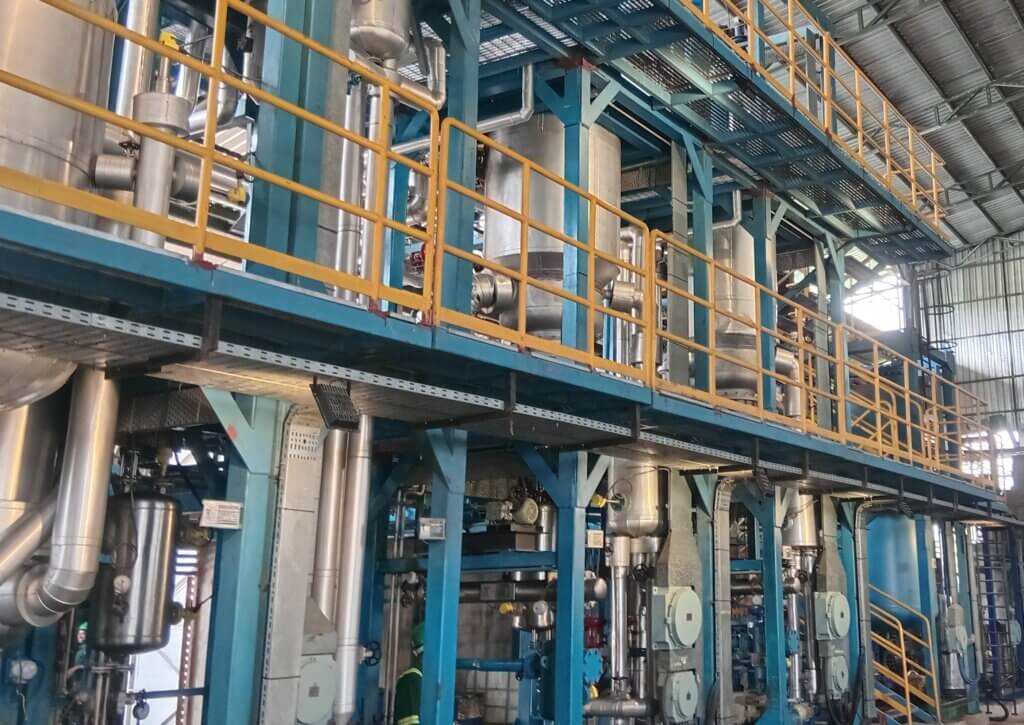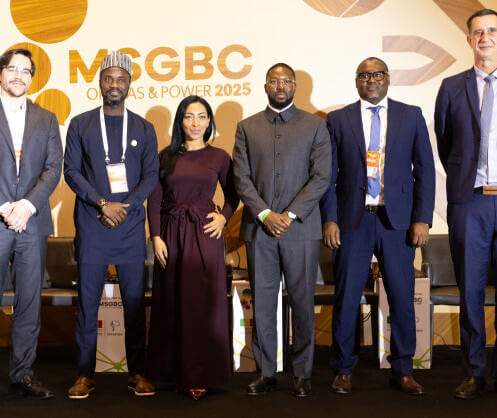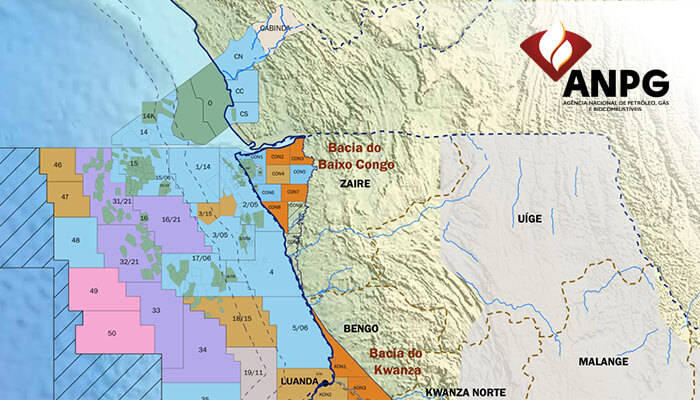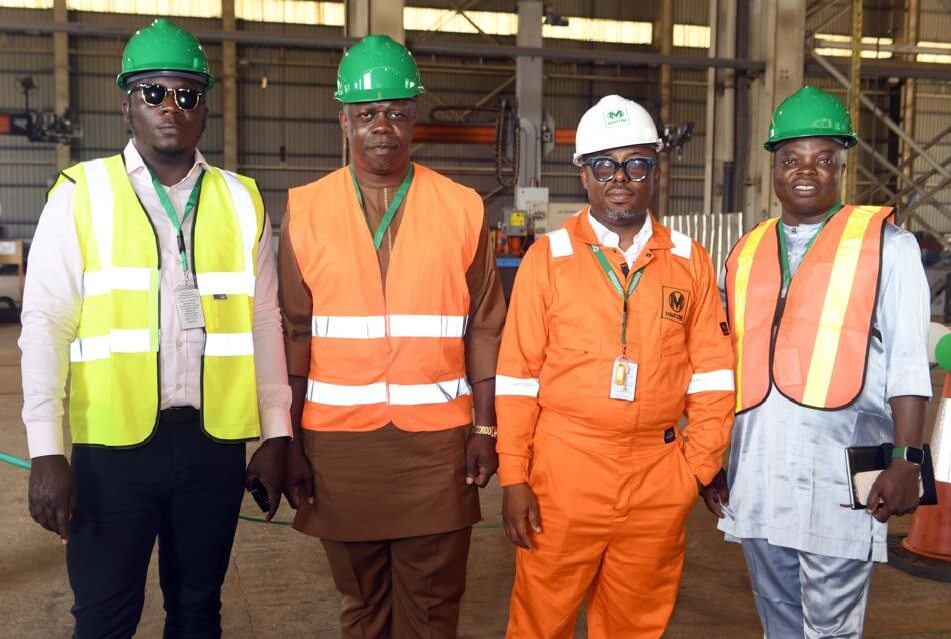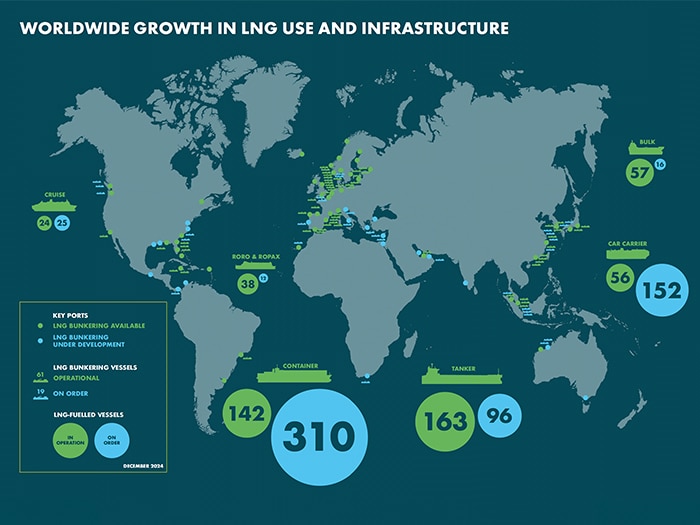
As recent reports from DNV and Clarkson both indicated, 2024 was a record setting year for the adoption of LNG as a marine fuel. Now industry coalition SEA-LNG has published its annual “View from the Bridge” report. It not only confirms the record-breaking growth in orders but gives some insights into what’s behind the continuing trend.
Analyzing data from SEA-LNG members, the report found that global market adoption and growth reached record heights in 2024. SEA-LNG reports annual vessel growth of over 33% to 638 LNG-fueled vessels in operation worldwide today. Looking forward, over 1,200 vessels are expected to be operating on LNG by the end of 2028.
In 2024, LNG dual-fueled vessels accounted for 70% of alternative fueled tonnage ordered, excluding LNG carriers, up from 43% in 2023.
This record expansion follows the growing availability of LNG bunker fuel beyond the traditional bunkering hubs, says SEA-LNG. Currently, LNG bunkers are accessible in approximately 198 ports worldwide, and plans are underway for bunkering facilities in an additional 78 ports. This comes as over 60 LNG bunkering vessels are operating today, marking a 22% increase from 2023.
The ‘View from the Bridge’ report also highlights how the LNG pathway took a significant step in 2024, with liquified biomethane delivering on decarbonization and regular renewable e-methane supplies expected in 2026.
SEA-LNG members are prepared to offer biomethane bunkers in some 70 ports globally, with multiple bunkering operations already taking place. A highlight was the successful biomethane bunkering pilot as part of the Methane Track within the Rotterdam-Singapore Green and Digital Shipping Corridor (GDSC).
This was the first practical delivery of any international Green Corridor since they were announced as part of the Clydebank Declaration at COP 26 in Glasgow.
“Our latest View from the Bridge reaffirms the importance of the LNG pathway as a practical and realistic route to shipping’s decarbonisation now,” said SEA-LNG chairman Peter Keller. “We continue to believe that the shipping industry is heading towards a successful multi-fuel future where LNG will always play a critical role. To deliver net zero by 2050 across the global shipping fleet, a basket of fuels is required and the LNG pathway will continue to lead the way. This is not a case of my fuel versus your fuel but rather which fuel best allows the industry to reach its stated goals. The LNG pathway provides the path to net zero.”
SEA-LNG’s latest report also highlights that 2024 has seen considerable progress in addressing methane slip.
“Advances in eliminating methane slip, in combination with biomethane and e-methane, provide a clear, effective, and viable long-term pathway towards net zero emissions,” noted Keller. “Shipowners and operators can be confident that the vessels ordered today are future-proofed for their lifespan. With a proven track record of technical improvements to reduce methane slip and upstream emissions, coupled with tighter regulations from global and regional authorities, we continue to believe methane slip will be a non-issue by the end of this decade,” Keller continued.
Heading into 2025, FuelEU Maritime will be a key regulation in advancing shipping industry decarbonization. According to analysis from SEA-LNG, FuelEU Maritime creates a favorable environment for the LNG pathway. With the ability to achieve GHG emissions reductions of up to 23%, LNG-fueled vessels are compliant until 2039. The use of liquefied biomethane and e-methane can extend compliance through to 2050 and beyond.
